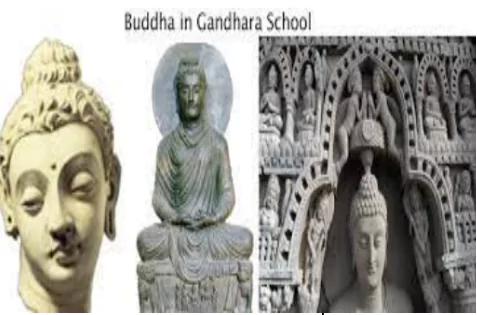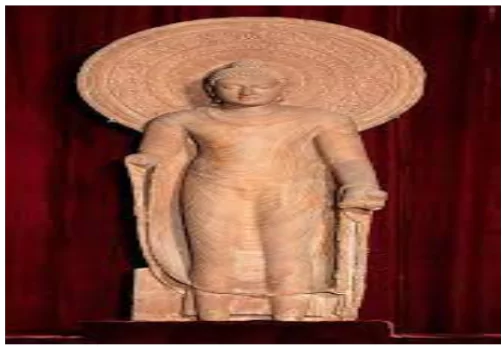Introduction
In the 1st century AD onwards, Gandhara (now in Pakistan), Mathura in northern India and Vengi in Andhra Pradesh emerged as important schools of art. Buddha in the symbolic form got a human form in Mathura and Gandhara.

Gandhara School Of Art
- The sculptural tradition in Gandhara had the confluence of Bactria, Parthia and the local Gandhara tradition.
- The main theme of this art was Lord Buddha and Bodhisattvas (Mahayana Buddhism).
Mathura School Of Art

- Images of Vaishnava (mainly Vishnu and his various forms) and Shaiva (mainly the Lingas and Mukhalingas) faiths were found at Mathura, but Buddhist images were also found in large numbers.
- Representation: One notable feature of images of Vishnu and Shiva is that they are represented by their Ayudhas (weapons).
- Jainism: Early Jain Teerthankar images and portraits of kings, especially the headless Kanishka, are also found in Mathura.
- Spreading: The local sculptural tradition at Mathura spread to northern India, like the stupa sculptures found at Sanghol in the Punjab.
Enroll now for UPSC Online Course
Conclusion
- The Mathura and Gandhara schools of art emerged in ancient India, each showcasing unique characteristics influenced by diverse cultural, religious, and artistic traditions.
![]() April 18, 2024
April 18, 2024
![]() 1052
1052
![]() 0
0

